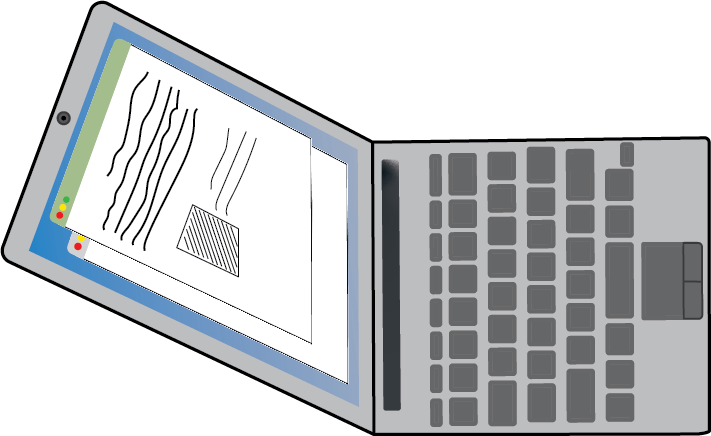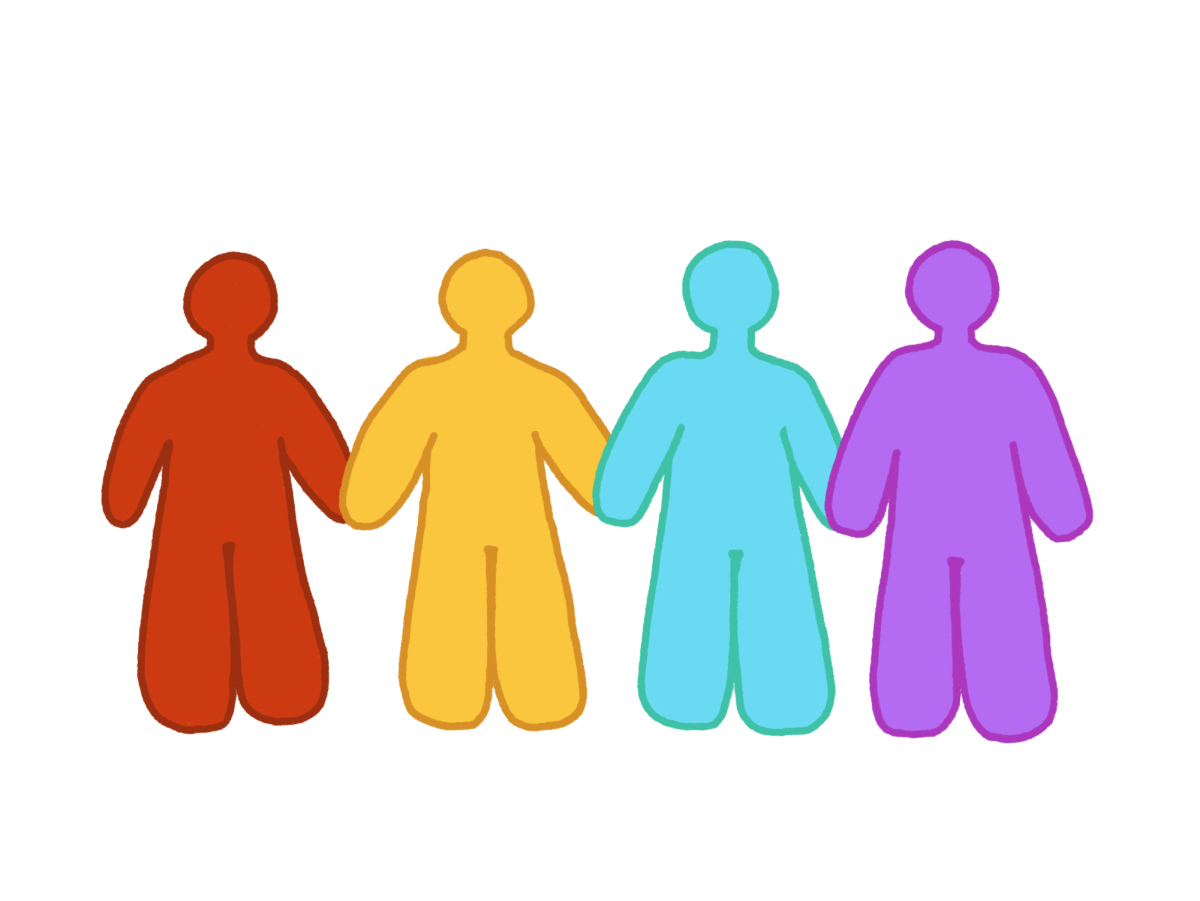For the past two decades, Austin has been one of the fastest-growing cities in the country. This growth has affected the city’s social, cultural, and economic fabric, mainly due to gentrification forcing out older residents due to rising rent costs.
Many factors have contributed to gentrification since the mid-19th century, such as new jobs from economic growth that draw people into Austin, the city’s cultural appeal to outside residents, improving infrastructure, and a limited supply of affordable housing. Limited housing, combined with a surge of new citizens into East Austin, skyrocketed competition for available land, with recent trends such as the tech boom of the early 2000s accelerating the process. As wealthier residents move in, demand for affordable housing decreases, causing a feedback loop that further exacerbates housing prices.
According to The Uprooted Project by the University of Texas at Austin, families making at or 80% below the median family income are most at risk of displacement. Those on fixed incomes, such as the elderly or disabled, have difficulty paying increased property taxes with an unchanging income. Renters and households with children are more vulnerable to displacement, which affects many already struggling communities.
The impact has been severe. According to an article by Mount Bonnell, median household incomes rose in East Austin specifically by 74.3% from 2010 to 2020, making it increasingly more difficult for local homeowners to pay their rent or mortgage. Ultimately, this has led to many locals leaving the city, making room for newer, wealthier buyers to build in Austin.
Gentrification is especially impacting low-income neighborhoods in East Austin and disproportionately affects racial minorities in the area. In 1928, Austin implemented the 1928 Master Plan that racially segregated neighborhoods by placing facilities and institutions for Black residents east of what is now Interstate 35. This effectively forced out a large majority of African Americans in West Austin, as schools and services for these Austinites of color were now exclusively available in East Austin.
These historical lines have created the blueprint for the present displacement as undervalued land has become increasingly developed. This has raised property taxes and the price of rent as white and wealthier residents started populating East Austin, with unaffordable housing pushing out residents of historic communities. Rental property owners often choose to renovate less profitable mobile home parks into more expensive high-rise condominiums, meaning that once residents move out, only wealthier residents are able to move in.
This is not only limited to residential displacement. These shifts also hurt local businesses that now must compete for rent. Wealthier residents change spending patterns in the area, causing many local companies to lose their crucial customer bases of Austinites who tend to buy from more affordable places. This has reshaped historic African American and Hispanic cultural enclaves in the city, as many local businesses have been forced to relocate. Businesses such as the Pinata Party Palace, a local party supply store that has served East Austin for 40-plus years, are forced to relocate to neighboring suburbs, either leave the Austin area entirely, or shut down permanently.
According to a study conducted by the National Library of Medicine, culture and society have an impact on mental health, proving that the loss of many landmark cultural institutions and long-standing businesses often has a negative psychological impact on those who remain. Many people in East Austin feel increasingly disconnected from the neighborhoods they grew up in, feeling that their city’s cultural personality has shifted and now outright excludes them.
Additionally, a growing focus on environmentalism has led to a new kind of green gentrification where sustainability-branded housing is built at higher costs, aimed to attract wealthier residents and improve the neighborhood’s desirability and image. In Austin, the new Mueller project was designed to be a more ethical and environmentally friendly development project. However, according to a Public Citizen article, many vulnerable communities nearby are at risk of being displaced. The development is being built just east of I-35, where significant demographic change is underway.
Attempting to stem the tide of displacement is challenging for city leaders who juggle social, economic, and environmental concerns. Several financial tools are used to help those most affected by gentrification, such as property tax abatements and tenant rent stabilization. These can help make housing affordable for residents in gentrified neighborhoods.
Historic preservation practices and recognizing areas as cultural districts can help protect significant institutions from being erased. Through these measures, city leaders can prevent landmark buildings from being torn down, and non-profit organizations can give money to help sustain them. Gentrification is a multifaceted issue with many potential solutions, likely requiring a combination of several to support Austin’s historic communities.
In the meantime, gentrification remains one of the most pressing issues facing Austin. Even as the very nature of the city grows and changes, we must learn to make room for all of our citizens.
Cited in Article
https://sites.utexas.edu/gentrificationproject/files/2019/10/AustinUprooted.pdf
https://www.citizen.org/news/green-gentrification-in-austin-a-case-study-of-the-mueller-development/
General Research
https://austin.maps.arcgis.com/apps/MapSeries/index.html?appid=2287ef7c16dc476ca0c7d4a10ae690ce
https://repositories.lib.utexas.edu/items/172d027a-063e-4d5e-a8e2-1e3645e93dae






